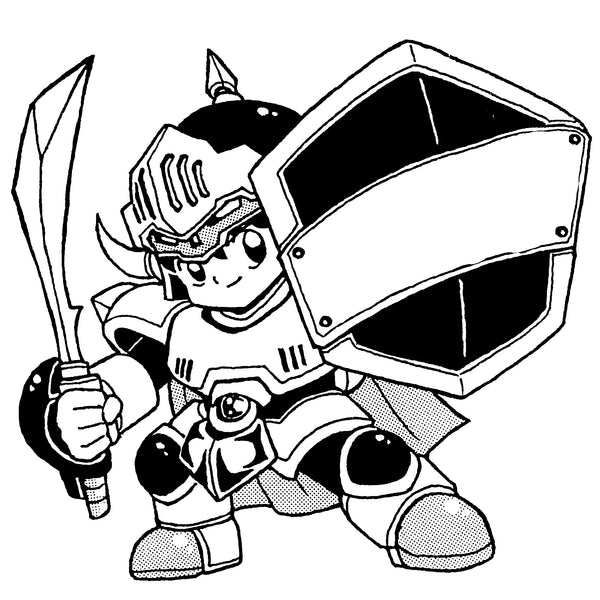What Retro Games Taught Us About Life: The PC Engine's Puzzle of Proliferation

Introduction: A Bewilderment of "Not Knowing the Difference"
In the late 1980s, the "PC Engine" appeared in the gaming industry like a comet. We were captivated by the overwhelming performance that came from its tiny body. However, that brilliant story would eventually take on a complex aspect.
The concept of evolving by "uniting" the core console with peripheral devices was initially thrilling. But as the Interface Unit appeared and we had to start paying attention to System Card versions, it became difficult for me as a child to understand the "differences" anymore.
Of course, there was also admiration. The "PC Engine GT," which integrated the console and a TV, was the very picture of a futuristic game machine. However, that dream handheld also taught us a harsh reality: its batteries died with a speed that was incomparable to the Game Boy.
Why did the PC Engine, such a masterpiece of a console, walk a path of such complex evolution that it left us behind?
The Glory and Agony of a Pioneer
The reason can be found in the "expansion and union" growth strategy that the PC Engine adopted, which was completely different from other game consoles.
While Nintendo and Sega released entirely new "next-generation" consoles every few years, NEC and Hudson chose a path of continuously improving performance by releasing various add-on parts for the original PC Engine.
The world's first CD-ROM² was a massive success and gave them a strong sense of pride that "we are on the cutting edge of technology." They tried to win not by fighting on the same field as their rivals, but by creating a new field called "CD-ROM" and showcasing their technological prowess. A luxury machine like the PC Engine GT was a "concept car," designed to show the world the technological power they possessed.
However, this success story and "expansion" strategy gradually complicated their lineup. From a user's perspective, it eventually created a level of confusion that was hard to keep up with.
Whose Gaze Was It Following?
Just as I am at a loss today, faced with a multitude of different AC adapters, users back then were likely in a state of confusion, asking "which one of these do I actually need?"
In retrospect, it seems that while they were creating one innovative technology after another, they somehow lost sight of the starting point of "how to make this fun for the user" and fell into a manufacturer-centric perspective of "how do we deliver our amazing technology?"
Furthermore, its low durability symbolized the difference in corporate DNA from Nintendo. While Nintendo pursued absolute robustness for a "child's toy," the PC Engine, with its "consumer electronics" aspect, prioritized cutting-edge performance and cost, leaving behind issues of long-term durability.
What a Magnificent Failure Taught Us
The story of the PC Engine poses a universal question to us today.
Why, while radiating such brilliance, could it not reach the summit? Looking back on its history after 30 years, we can see the fundamental reason. It is the question of where the product's "gaze" was ultimately directed.
The dreams of engineers, the passion of pioneers, the thirst for the cutting edge. These are all precious energies indispensable for creation. But no matter how dazzling that brilliance is, if the creator's "gaze" strays even slightly from the user's joy, that passion will eventually fail to connect, leading to isolation.
What the PC Engine teaches us is perhaps the simplest and most important lesson in business, in craftsmanship, and in life itself.
It asks us, "Where is your gaze directed now?"
